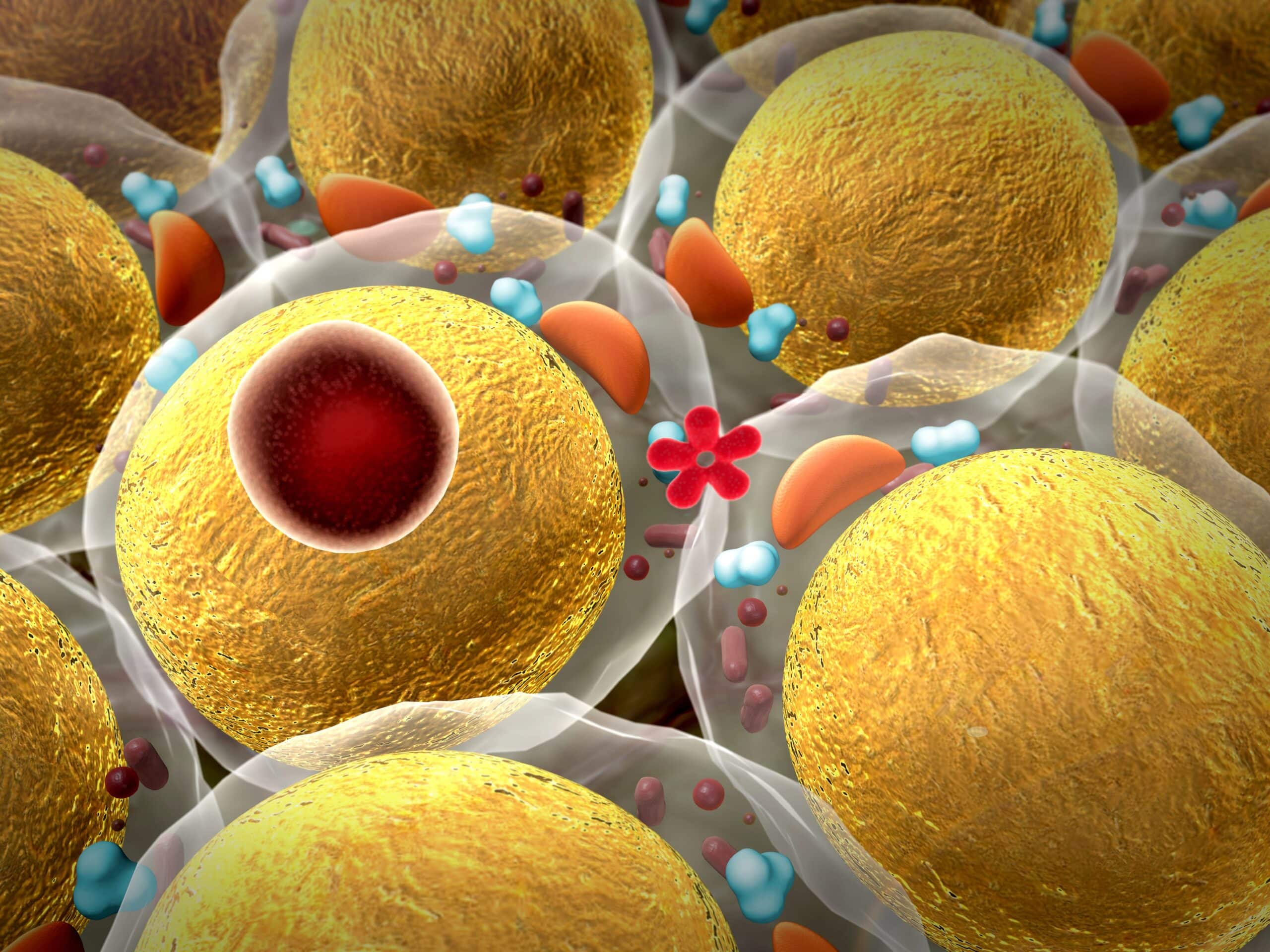Aspects of metabolism vary daily partially due to the circadian rhythm which is comprised of an internal central master clock in the hypothalamus and an integrated network of circadian clocks which are present in all major tissues. Disruption of this system is a cause of abnormal metabolic physiology and is linked to obesity and other detrimental physiological aspects of working nights and shift work.
Close to half of all mouse genes exhibit circadian expression profiles in at least one tissue, many of which are integral to physiological function. Conducting similar human transcriptomic studies on rhythmic gene expression is hindered by not being able to collect samples from every human tissue other than blood.
7 human male volunteers were recruited to investigate circadian rhythms in the expression of genes in white fat adipose tissue who underwent regulated sleep-wake cycles and meal times outside the lab, then came into the lab where they maintained the same routines. Subjects then experiences a 37 hour constant routine during which there were no changes in light-dark, fast-feed, wake-sleep cycles; unmasking of circadian rhythms in a constant routine protocol permits minimization of rhythmic changes in the environment, feeding behavior, and wake-sleep physiology known to influence a 24 hour rhythm.
Biopsies were taken of fat tissue from all subject every 6 hours to carry out transcriptomic analysis; results identified 727 genes in fat tissue expressing their own circadian rhythm independent of external influences such as feeding or light. Close to one third of the genes showed peak expression in the morning and the remainder peaked at night; and many genes were involved in key metabolic functions.
Peaking in the evening transcripts were associated with redox activity and organic acid metabolism; while morning peak transcripts included genes associated with regulating gene expression and nucleic acid; and most common rhythmic processes in the subcutaneous white adipose were those linked to fatty acid metabolism. Comparison of gene transcripts result from human fat with those of transcript studies in human blood and animal fat suggest there is only a partial overlap of circadian genes; 32 transcripts exhibiting circadian rhythmicity in mouse white adipose tissue were also classified as rhythmic in the human fat study, while only 14 genes were rhythmic in both the human and independent baboon datasets; comparison of human adipose data and previous human blood data found 14 common rhythmic genes.
Functional consequences of the transcriptional data were analyzed by examining molecular interaction and metabolic pathways, results supported suggestion of adipose circadian rhythms playing key roles in fatty acid metabolism, nucleic acid metabolism, and other key aspects of cell function such as citric acid cycles.
“Tissues made of fat cells do more than store excess energy, they have been shown to active metabolic tissues with their own rhythms; findings help to provide more information on how human metabolism changes across the day and possibly why the body processes foods differently during the night and day.” says Jonathon Johnston.




